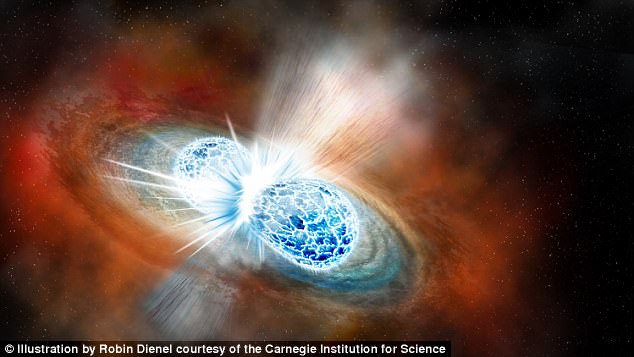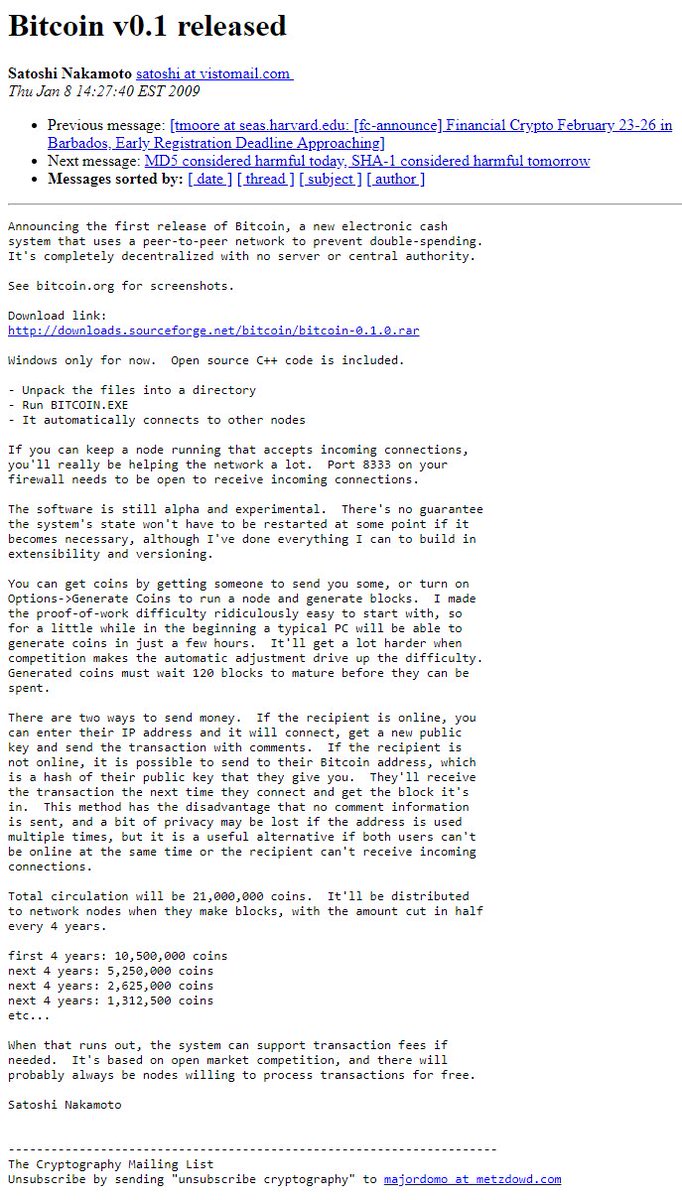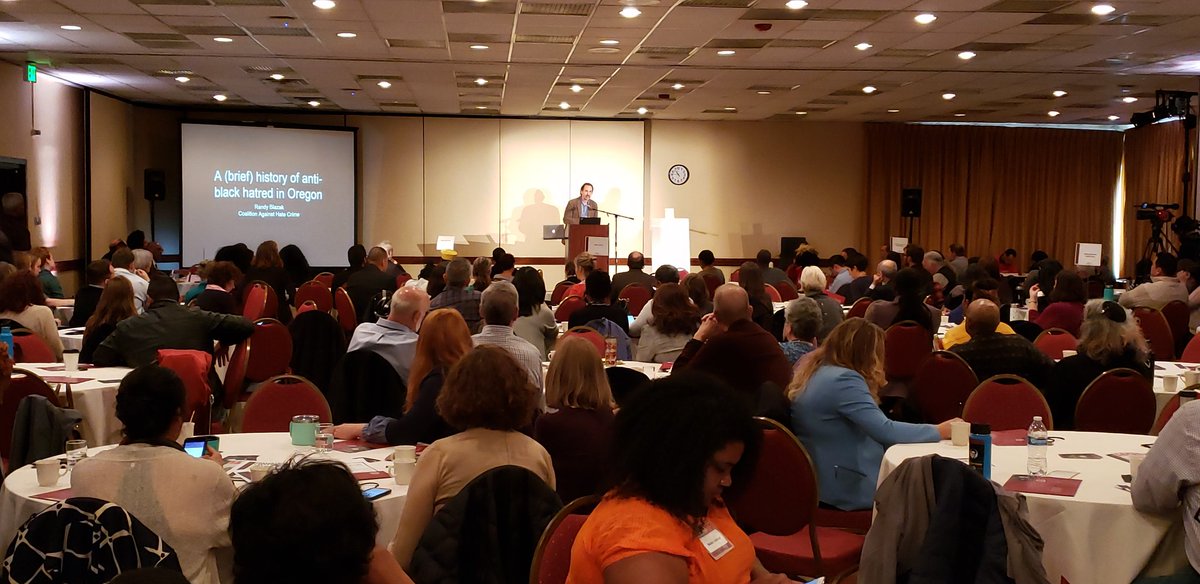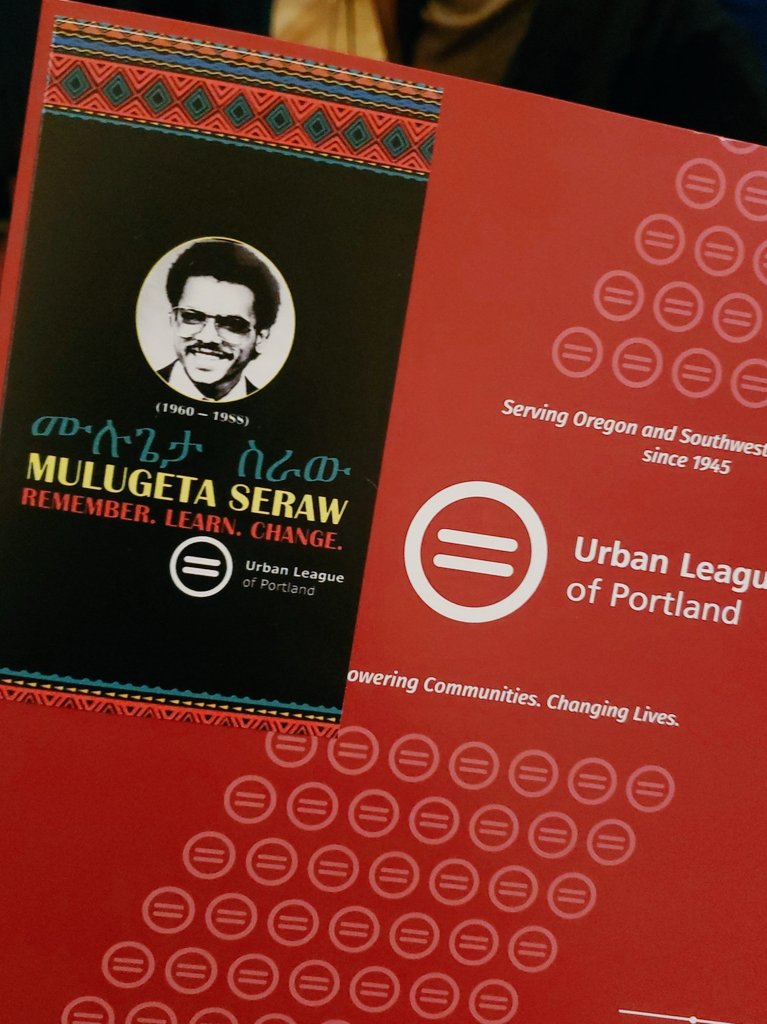How was the concept of scarcity unlocked for the digital age?
Money was more valuable where it was scarce, and less valuable where it was abundant.
Alas, it was not so. Why?
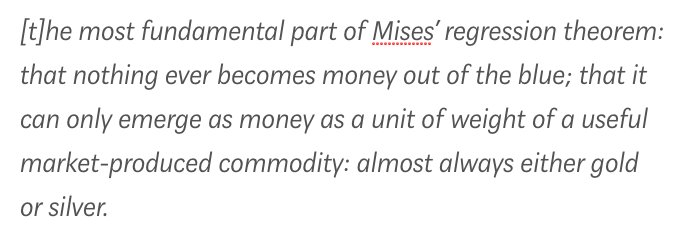
Nakamoto's invention would never have been possible without the reframing of the seemingly simple concept of scarcity.
